Fela Winkelmolen
Amazon SageMaker Autopilot: a white box AutoML solution at scale
Dec 16, 2020
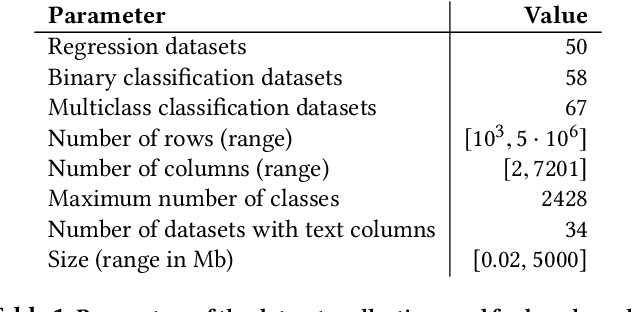
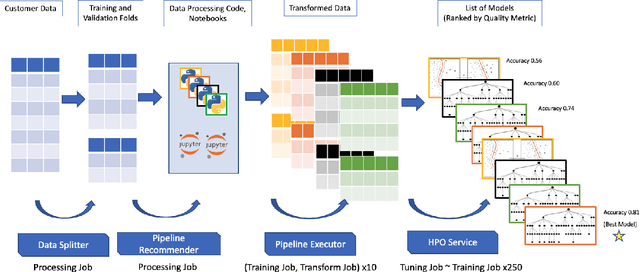

Abstract:AutoML systems provide a black-box solution to machine learning problems by selecting the right way of processing features, choosing an algorithm and tuning the hyperparameters of the entire pipeline. Although these systems perform well on many datasets, there is still a non-negligible number of datasets for which the one-shot solution produced by each particular system would provide sub-par performance. In this paper, we present Amazon SageMaker Autopilot: a fully managed system providing an automated ML solution that can be modified when needed. Given a tabular dataset and the target column name, Autopilot identifies the problem type, analyzes the data and produces a diverse set of complete ML pipelines including feature preprocessing and ML algorithms, which are tuned to generate a leaderboard of candidate models. In the scenario where the performance is not satisfactory, a data scientist is able to view and edit the proposed ML pipelines in order to infuse their expertise and business knowledge without having to revert to a fully manual solution. This paper describes the different components of Autopilot, emphasizing the infrastructure choices that allow scalability, high quality models, editable ML pipelines, consumption of artifacts of offline meta-learning, and a convenient integration with the entire SageMaker suite allowing these trained models to be used in a production setting.
Amazon SageMaker Automatic Model Tuning: Scalable Black-box Optimization
Dec 15, 2020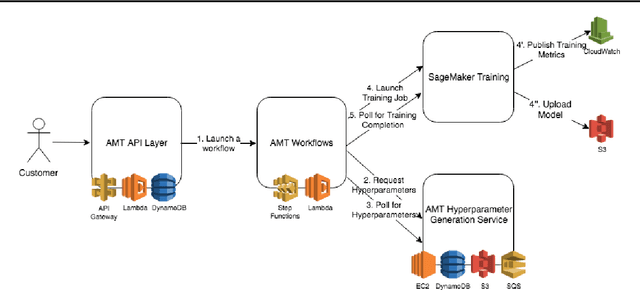
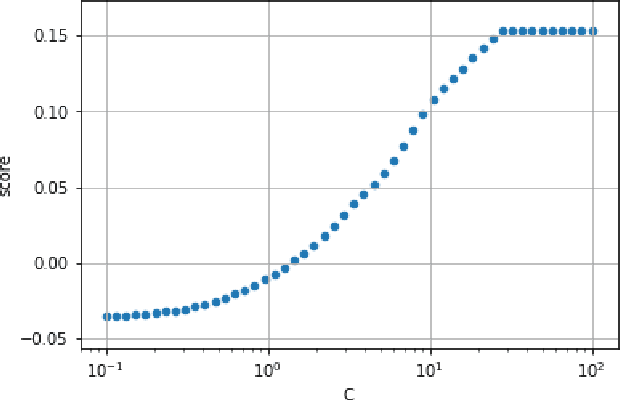

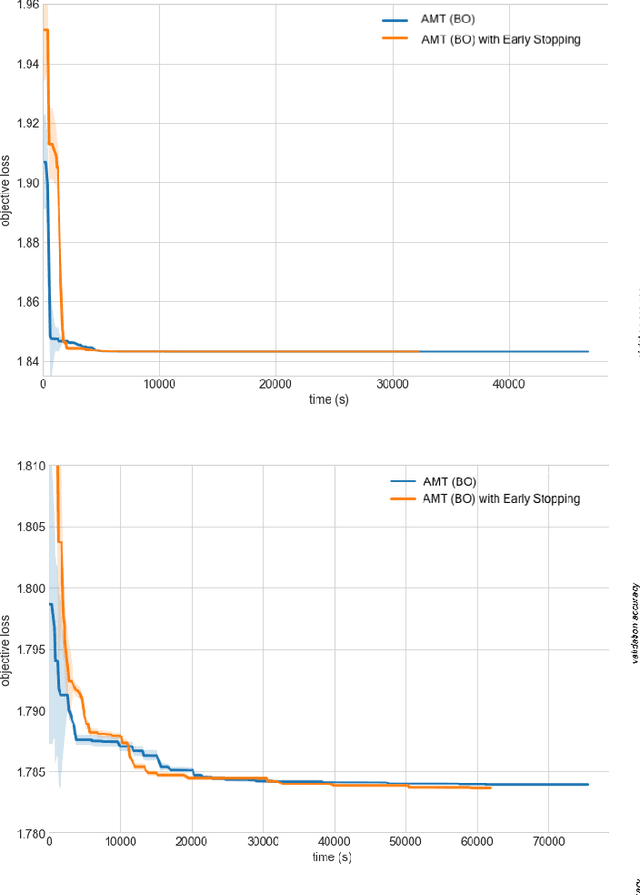
Abstract:Tuning complex machine learning systems is challenging. Machine learning models typically expose a set of hyperparameters, be it regularization, architecture, or optimization parameters, whose careful tuning is critical to achieve good performance. To democratize access to such systems, it is essential to automate this tuning process. This paper presents Amazon SageMaker Automatic Model Tuning (AMT), a fully managed system for black-box optimization at scale. AMT finds the best version of a machine learning model by repeatedly training it with different hyperparameter configurations. It leverages either random search or Bayesian optimization to choose the hyperparameter values resulting in the best-performing model, as measured by the metric chosen by the user. AMT can be used with built-in algorithms, custom algorithms, and Amazon SageMaker pre-built containers for machine learning frameworks. We discuss the core functionality, system architecture and our design principles. We also describe some more advanced features provided by AMT, such as automated early stopping and warm-starting, demonstrating their benefits in experiments.
Practical and sample efficient zero-shot HPO
Jul 27, 2020
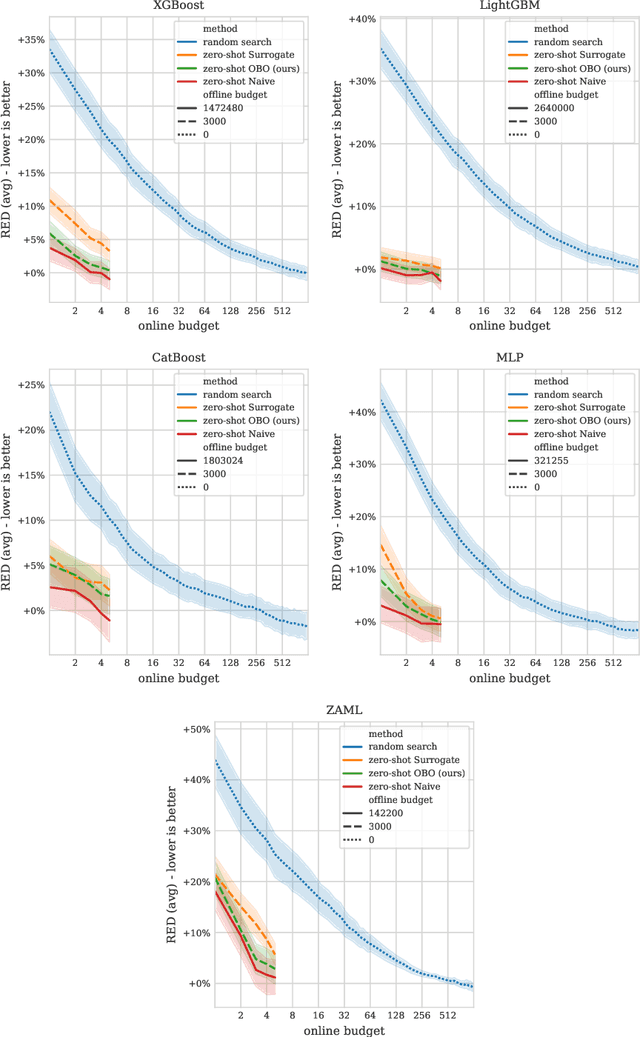

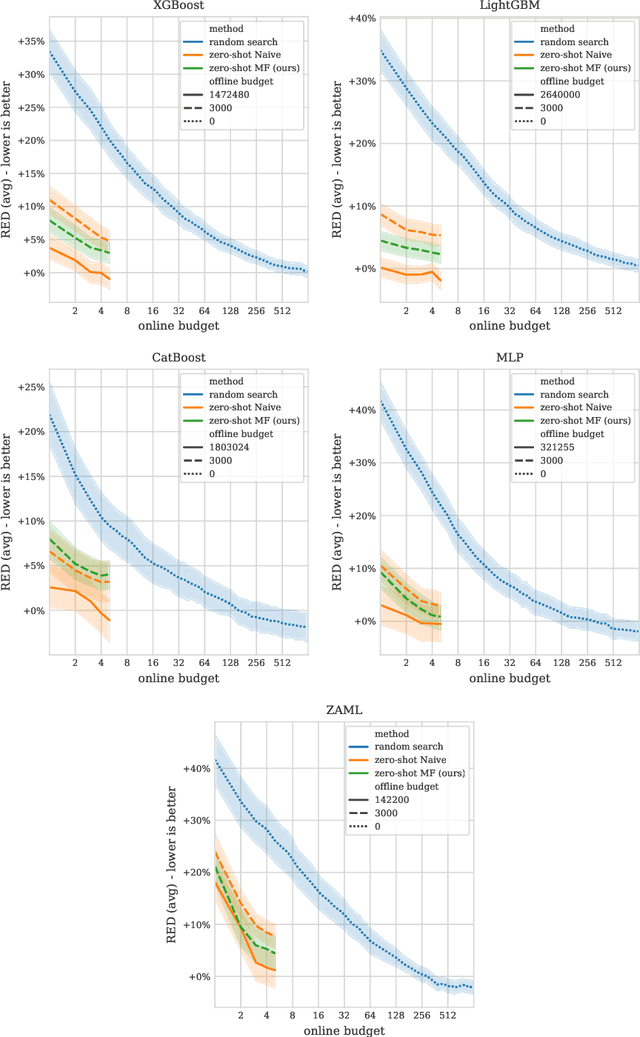
Abstract:Zero-shot hyperparameter optimization (HPO) is a simple yet effective use of transfer learning for constructing a small list of hyperparameter (HP) configurations that complement each other. That is to say, for any given dataset, at least one of them is expected to perform well. Current techniques for obtaining this list are computationally expensive as they rely on running training jobs on a diverse collection of datasets and a large collection of randomly drawn HPs. This cost is especially problematic in environments where the space of HPs is regularly changing due to new algorithm versions, or changing architectures of deep networks. We provide an overview of available approaches and introduce two novel techniques to handle the problem. The first is based on a surrogate model and adaptively chooses pairs of dataset, configuration to query. The second, for settings where finding, tuning and testing a surrogate model is problematic, is a multi-fidelity technique combining HyperBand with submodular optimization. We benchmark our methods experimentally on five tasks (XGBoost, LightGBM, CatBoost, MLP and AutoML) and show significant improvement in accuracy compared to standard zero-shot HPO with the same training budget. In addition to contributing new algorithms, we provide an extensive study of the zero-shot HPO technique resulting in (1) default hyper-parameters for popular algorithms that would benefit the community using them, (2) massive lookup tables to further the research of hyper-parameter tuning.
 Add to Chrome
Add to Chrome Add to Firefox
Add to Firefox Add to Edge
Add to Edge